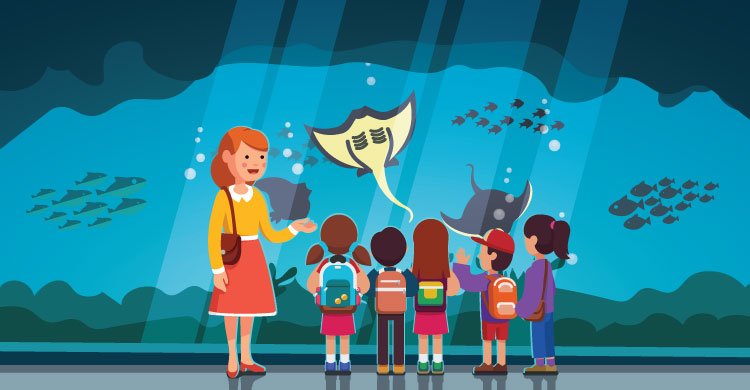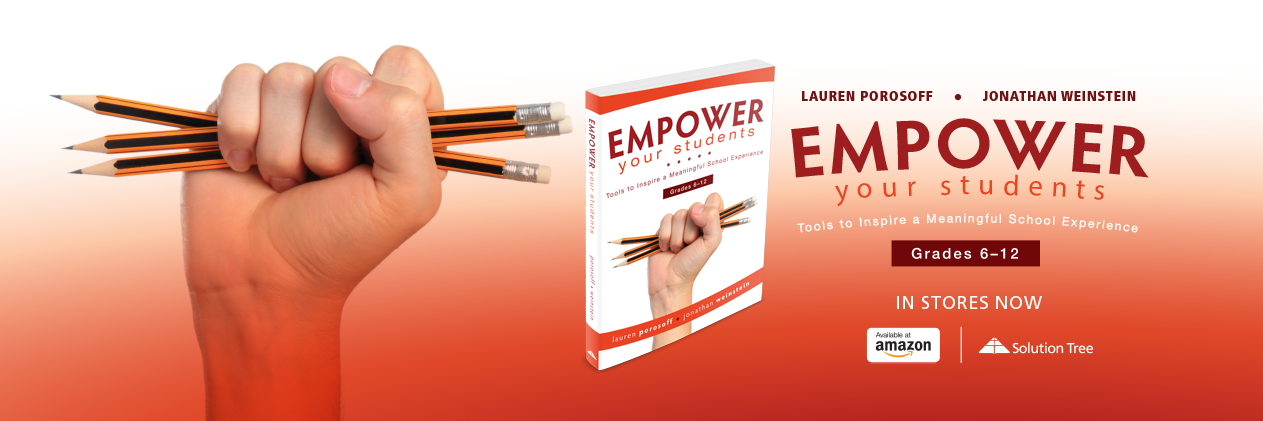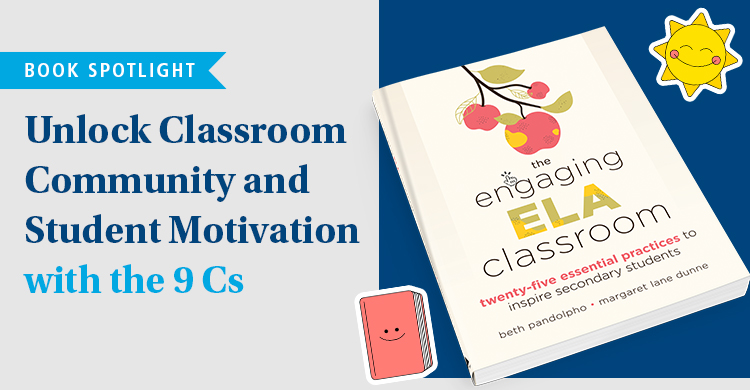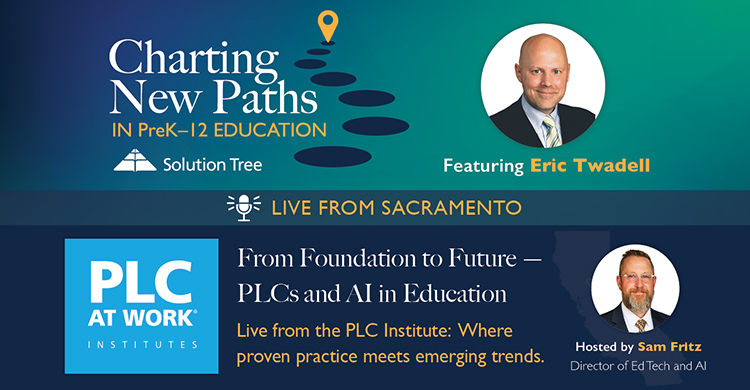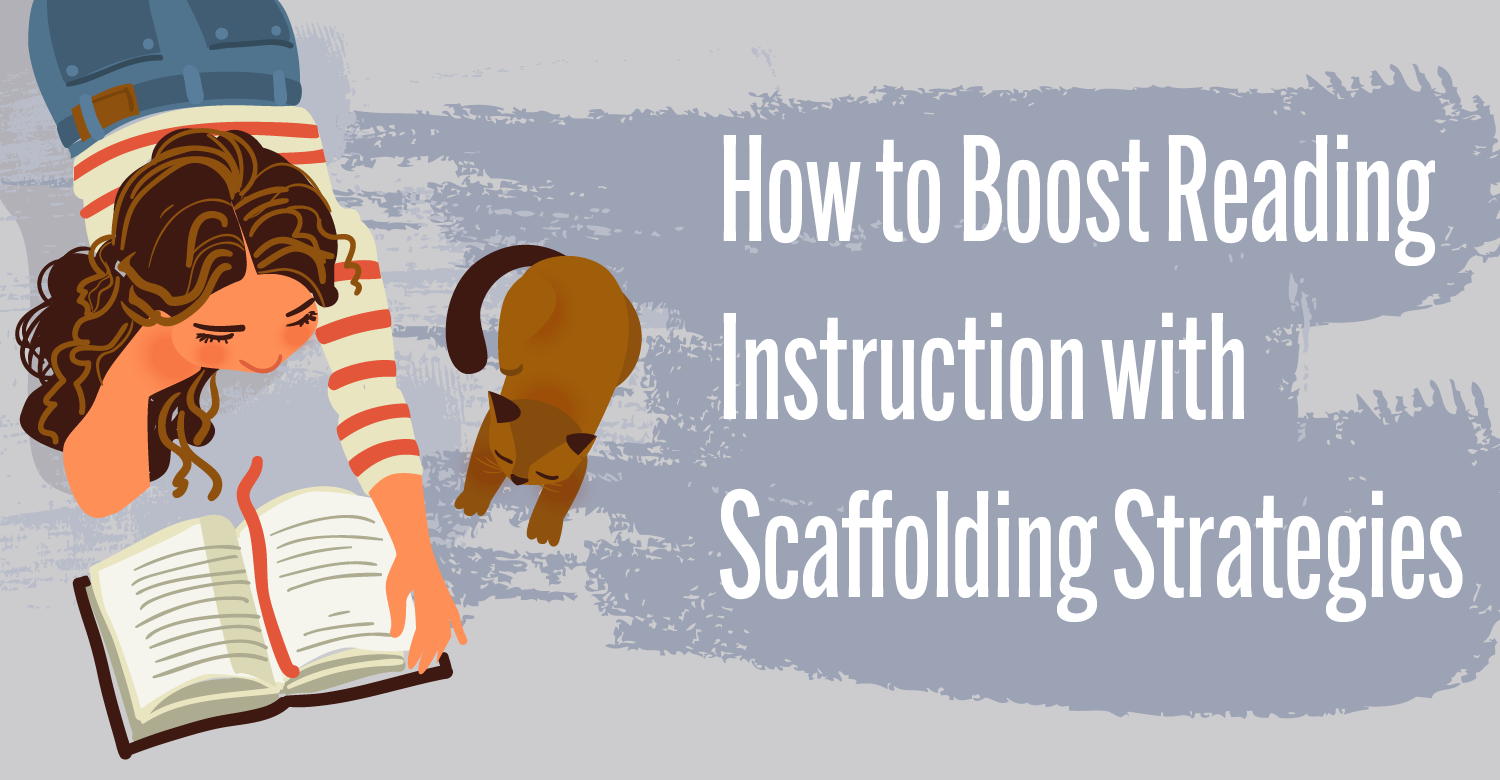Based on the book EMPOWER Your Students
In that rough stretch from winter break to spring, maybe you’re thinking about learning opportunities beyond your classroom. Maybe it’s time for a community excursion or real-world data gathering. Let’s take a field trip!
I’ve struggled with field trips. Not just because I’m bad at logistics such as transportation and budgeting. And not just because I teach English, and most great field trips relate to science, history, and the arts. I’ve struggle most in deciding what to do on the trip. Should I provide an activity to ensure students achieve whatever learning outcomes sent us on the field trip in the first place, or will the activity inhibit the students’ curiosity and creativity?
One time, on a trip to the National Air and Space Museum, the students barely glanced at the actual spacecraft because they were busy copying facts from the little placards onto their “scavenger hunt” sheets. Another time, at the Liberty Science Center, the students had free rein to see the exhibits. Many used that freedom to browse the gift shop, eat junk food in the café, and hang out with each other.
In thinking about field trips, we can ask ourselves, “What important and relevant learning cannot take place at school? Where can it take place?” Informed by the trip’s purpose, we can design a more meaningful learning experience. For example, if the purpose is to explore and understand the destination, students can preview it on websites and make their own guides, for themselves or each other. If the purpose is to research a topic, they can write questions in advance. Depending on the purpose of the trip, students might interview staff members, create art inspired by their destination, perform tests and experiments on site, or sketch out redesign proposals for the space. They might serve their destinations instead of being mere consumers. When the sixth grade at my school visits Van Cortlandt Park for their science class, they do birdwatching, nature sketching, water-quality testing, invertebrate study, and invasive-species removal.
Example Field Trip Activity
In addition to designing meaningful learning experiences on trips, we can also help our students create more meaningful learning experiences for themselves. The following activity, which is based on an activity from EMPOWER Your Students, helps students notice features of the place, analyze the messages it sends, and choose how they want to approach it.
Ask your students to list specific features of the place that catch their attention. “What’s here? What else is here? What do you notice about how this space is arranged? What materials were used? What colors stand out? What shapes? Where is there light? Darkness? What do you hear? Who do you see? What are they wearing or carrying? What’s not here that you might expect to see in other spaces like this one? What is here that you hadn’t paid much attention to until now?”
Give prompts like these about half a minute apart so students think about each one on its own. Make up your own prompts to help students notice, and notice again, without interpretation or judgment.
Have a few students share their lists, and invite the rest of the class to keep adding to their own lists. You might make a list too, and share it.
Next, ask your students to make a new list, this time of questions about the place or anything in it. They might have questions about things from their first lists or from things they heard their classmates share, and they might have questions about new things they notice as they continue to look around. They might have guesses about answers to some of their questions, or they might have no idea. But they shouldn’t write down questions they already know the answers to; the point is to express their genuine wondering. Again, invite students to share.
Then ask, “Based on your observations and questions, what does this place communicate about what ‘success’ means in it?” For example, in an art gallery, what do the walls, placards, and lighting convey about what “success” means there? What do the things people bring to a park tell about what success means? What does the layout of a senior center say about what “success” means there? Give your students time to write.
After students share out, you can start a discussion about how they want to be in the space—based not only on messages it communicates about success, but also on the students’ own values. You can ask questions like:
- What does this space do?
- Who is it for? Who isn’t it for?
- How do social identifiers such as race, gender, socioeconomic status, first language, and ability impact our experience of this space?
- How does this space empower and subjugate us?
- How does this space amplify and diminish things we care about?
- How do we want to define what success means in this space, according to our own values?
Close the discussion by asking students to write about the qualities they want to bring to their actions and interactions at the site. How will they approach this space? The people in it? Each other? Themselves?
You can analyze the values promoted in the space, and how your students want to bring their own values to the space, at any point during the field trip. You can do the activity when you first arrive, as a way of orienting your students to the space and to the values they want to bring to it. You can do it in the middle, as a way for students to pause and reflect on how the space has shaped their experience so far, and how they can use their own values to shape the rest of the experience. If for any reason you can’t do the activity while you’re on the trip, you can take photos (which many teachers do anyway) and then, back at school, your students can analyze the photos. What details do they notice? What questions do they have? What definition of success did the place convey, and how were they influenced by that definition? How did they bring their own values to the field trip? How can they enact those values at school?
[author_bio id=”1365″]


